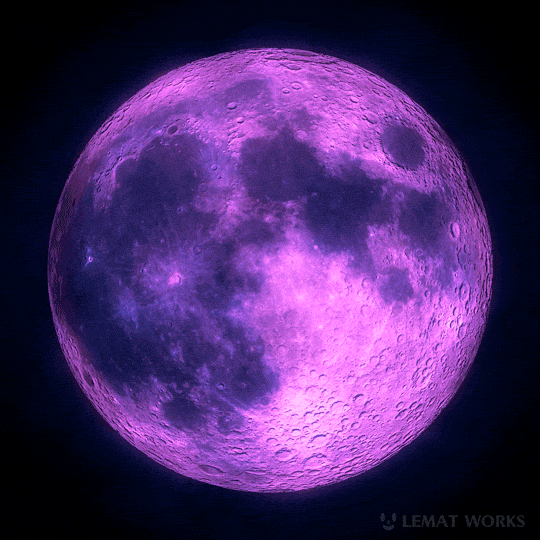Kimduong-lhp-blog - Daize

More Posts from Kimduong-lhp-blog and Others
Waking up this morning, I smile. Twenty-four brand new hours are before me. I vow to live fully in each moment and to look at all beings with eyes of compassion. - Thức dậy miệng mỉm cười. Hăm bốn giờ tinh khôi. Xin nguyện sống trọn vẹn, Mắt thương nhìn cuộc đời.
Thich Nhat Hanh
“Look deep into nature, and then you will understand everything better.” - Albert Einstein
As long as you’re going to be writing anyway, write impressive.
Đông phong nhật dạ động giang thành, Nhân tự tiêu điều thảo tự thanh. - 東風晝夜動江城, 人自悲悽草自青。
Nguyễn Du, Thanh minh ngẫu hứng (阮攸, 清明偶興)
Hoàn khố bất ngạ tử Nho quan đa ngộ thân. - 紈褲不餓死 儒冠多誤身.
Đỗ Phủ, Phụng tặng Vi Tả Thừa (杜甫, 奉贈韋左丞)
"However the indisputable Master of the Fugue without any doubt was J.S.Bach. This is because at his best he was able to blend an almost mathematical perfection of the art form with his own profound emotional realizations.
Bach almost literally wrote the book on Fugues. He produced two books called the well-tempered clavier known by some as the Old Testament of piano music if Beethoven's Sonata is of a New Testament. These two books each have 24 preludes and fugues - one set for each key and we've looked at preludes in another video but these books are like an exploration of the full possibilities of the fugue. He also wrote an unfinished masterwork "The Art of Fugue" - the culmination of his life's work which is practically a textbook of the incredible musical potential of the simplest musical idea.
You can also find some of his richest and most powerful fugues in his Vocal Works: Try his "Motets" or his "B Minor Mass".
So what is a fugue?"
In Zen circles, people say: "Before I became a practitioner, I saw mountain as mountains and rivers as rivers. When I began to practice, I no longer saw mountain as mountains and rivers as rivers; I began to see their interbeing nature. After I atttained the Path, I again saw mountain as mountains and rivers as rivers, but now my view is clearer, my understanding is brighter. I'm no longer caught in the view that the mountain is only the mountain and the river is only the river. Now I really see them, I see their true nature."
Thich Nhat Hanh, Zen Battles: Modern Commentary on the Teachings of Master Linji
Trời khuya, vui bước bên đường Catinat Người đi, còn năm ba khách không nhà Ngàn mây sao chiếu trên trời đầy mơ Hàng cây lặng im nghe gió dưới trăng mờ Còn kia, vài ba búp bê đang nhìn Ngồi im và vương mắt trông xa mơ hồ Tình duyên say đắm trên lầu đèn trèo Tỉnh mê, còn ai đang đứng bên lề Hồn tôi vi vút đi tìm hồn thơ
Trần Văn Trạch, Đêm khuya trên đường Catinat
Một bài hát về Sài Gòn thời Pháp Thuộc rất đẹp, rất sang.
Đường Catinat được nhà báo Lucien Bodard ví như cái cuống rốn của Sài Gòn thời Pháp Thuộc [1]. Thời Việt Nam Cộng Hòa, đường Catinat đổi tên thành đường Tự Do. Sau The Fall of Saigon, đường Tự Do trở thành đường Đồng Khởi (mà đến ngày nay nhiều người hay truyền miệng câu thơ châm biếm: "Nam Kỳ Khởi Nghĩa tiêu Công Lý, Đồng Khởi lên rồi mất Tự Do.”) Chứng kiến nhiều biến cố của Sài Gòn, đường Catinat - đường Tự Do ngày xưa, hay đường Đồng Khởi ngày nay - vẫn “thảnh thơi nằm nghe”[2] cái nhịp sống rất riêng của mảnh đất này.
Ít ai biết “quái kiệt” Trần Văn Trạch là em ruột của Giáo sư Trần Văn Khuê.
Nguồn:
[1]: http://vnexpress.net/tin-tuc/thoi-su/con-duong-duoc-menh-danh-cuong-ron-cua-sai-gon-xua-3440852.html
[2] “Hỡi người tình xa xăm, có buồn ra mà ngắm. Con đường thảnh thơi nằm nghe chuyện tình quanh năm.” (Phạm Duy, Con đường tình ta đi)

